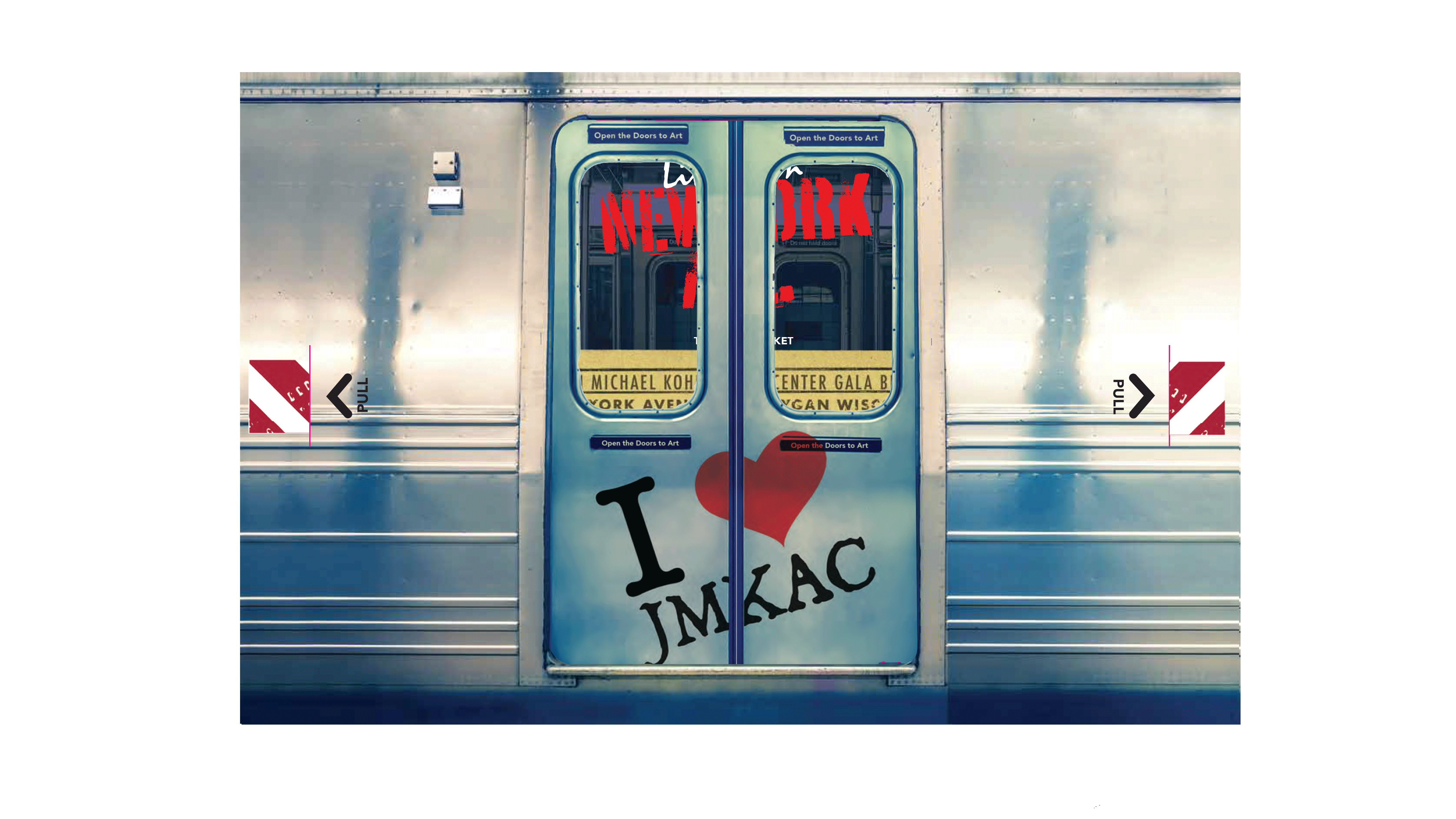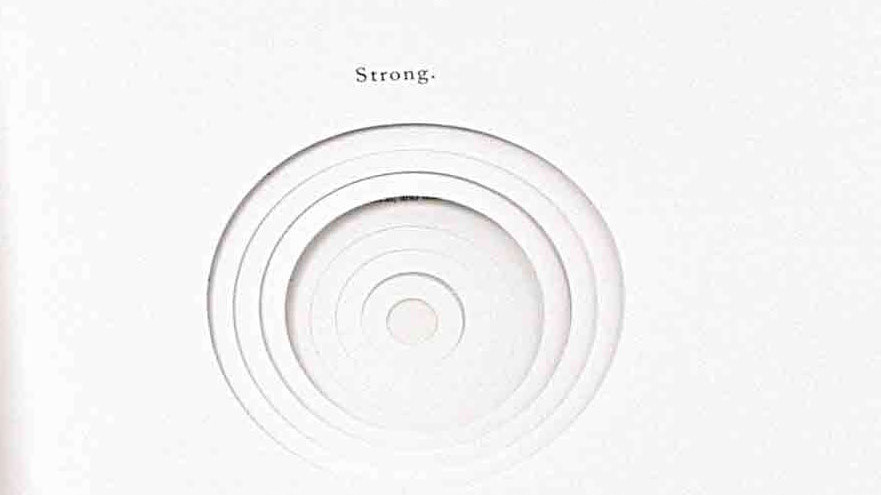Artist Statement
The Roman Catholic Church is the largest Christian church, with more than 1.25 billion members worldwide. It’s doctrines are rooted in the profession of faith which reads: I believe and profess all that the holy Catholic Church believes, teaches, and proclaims to be revealed by God. But what happens when this taught belief, this obligation of loyalty and promise held sacred is broken by the very institution that has bestowed it?
There are 570 documented cases of sexual abuse by priests in the Archdiocese of Milwaukee, 330 cases of which have been compensated, 240 of which were denied recompense due to the statute of limitations. And in the wake of this profound tragedy, the newly appointed Pope’s popularity is off the charts. American Catholics and non-Catholics alike have a particularly positive impression of him including a majority of those who have negative views of the church itself.
The Roman Catholic Church is the largest Christian church, with more than 1.25 billion members worldwide. It’s doctrines are rooted in the profession of faith which reads: I believe and profess all that the holy Catholic Church believes, teaches, and proclaims to be revealed by God. But what happens when this taught belief, this obligation of loyalty and promise held sacred is broken by the very institution that has bestowed it?
There are 570 documented cases of sexual abuse by priests in the Archdiocese of Milwaukee, 330 cases of which have been compensated, 240 of which were denied recompense due to the statute of limitations. And in the wake of this profound tragedy, the newly appointed Pope’s popularity is off the charts. American Catholics and non-Catholics alike have a particularly positive impression of him including a majority of those who have negative views of the church itself.
In iudicate: you be the judge I want to posture the spectator before an obstacle course of moral discernment, encouraging them to confront first, a child’s innocence through a plaything, represented by the main structure in the gallery, a Teeter Totter. The Teeter Totter is a playground toy and universal symbol of playground safety. In iudicate, play and interaction with the Teeter Totter is off limits, denied analogous to the way in which the children that were victimized were deprived of their childhood and innocence. Here, the structure is meant to not only resemble the weight of justice and moral force being that of the judicial system, but is also reflective of two opposing viewpoints projected onto the wall behind it. One, a video compilation documenting the outpouring of uncanny support via the media and public concerning the recently appointed new Pope of the Catholic Church, Pope Francis. The media has had an insatiable ability to capture and capitalize on the Pope’s untimely popularity on the eve of tragedy, altering and skewing along the way, through edited data, the larger scope of the Catholic churches damaged public reputation. The other, a video of Milwaukee Archbishop Rembert Weakland’s deposition regarding his involvement with the years of covering up information pertaining to priests and sexual abuse. The Teeter Totter is positioned to work itself from a vantage point residing directly in the middle of both projections, powered as if by an internal force of reckoning, trying diligently to find the balance between the two. Randomly, it tilts from one side to another determined to find a middle ground, trying to frame or shed light on each perspective. This represents my internal struggle.
A collage of juxtaposed words and images resides on the opposing wall documenting forty-two priests that appear on the Archdiocese of Milwaukee list of diocesan priests that have been removed or restricted from ministry because of substantiated allegations of sexual abuse of at least one minor. Most have been defrocked (laicized) or fully restricted from ministry, meaning they may not celebrate the sacraments publicly or present themselves as priests. The wall is intended to exemplify the exasperating search for answers or truth. The viewer is given tools such as a magnifying sheet and flashlight to actively participate in the search.
Finally and most important in the work, I encourage participants to put headphones on and listen, firsthand, to the personal accounts of two Wisconsin survivors regarding sexual abuse at the hands of two Milwaukee priests. Here, the participant has the ability to transform from a spectator into that of bearing witness. From standing on the sidelines looking at a gallery exhibit to actively listening and taking action. They are then encouraged post their comments to the survivors on the opposing wall.











